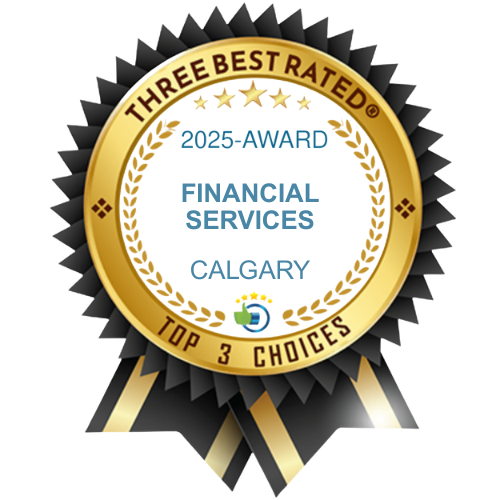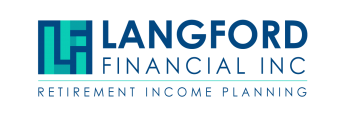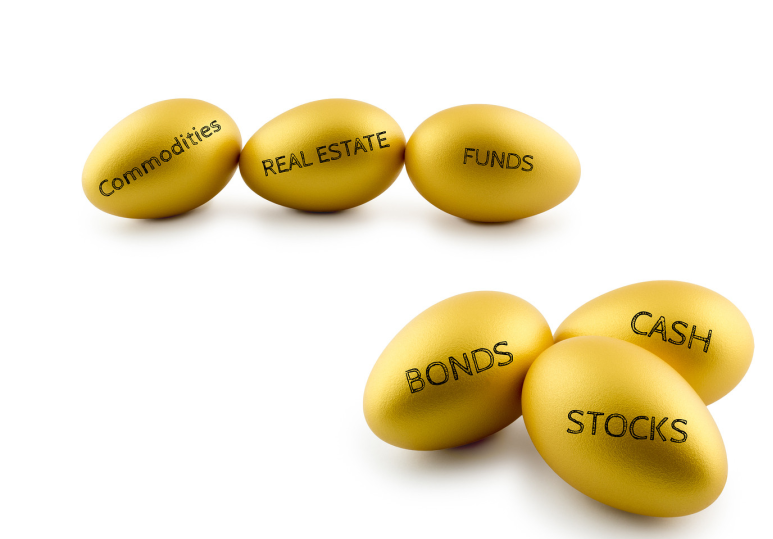The first million is the hardest.
Only a few people achieve this milestone because they lack the discipline to stick with a plan.
First, what do you need to get there and how long will it take?
Let's assume you are starting at age 30. If you saved $24,000/year and earned an average annual rate of return of 8% it will take you 19 years to get to become a Millionaire. Obviously, the earlier you start, the more you can save each year, or better returns will enable you to get there faster. Try out this calculator and input your numbers.
The next question is what kinds of investment vehicles should you be using?
Here are some ideas:
1. TFSA - Tax-Free Savings Account. This account isn't properly named as it isn't as much a savings account as it is an investment account that allows you to grow your money on a tax-free basis.
2. RRSP - Registered Retirement Savings Plan. The idea here is the yearly tax savings you get by adding money to this account type. The magic sauce is the money that would have gone to taxes is now in your RRSP growing tax-deferred. You will pay tax on the withdraws, but not until you are retired - 30 years from now. If you were to put $10,000/year into your RRSP then it would mean a tax refund of about $3000, which can then be added to your accumulation strategy. Generally speaking, if your tax rate will be the same or lower during retirement, an RRSP will work great for you.
3. Non-registered Account - you don't typically start using this account until you have first maximized your TFSA and RRSP. The idea with this account is two-fold. Firstly, you can use a full equity portfolio with a focus on capital appreciation and not pay any tax on the growth until you start taking the money out someday in the future. Secondly, you can use a dividend growth model to invest in Canadian dividend-paying companies that pay regular dividends. Banks, utilities, pipelines, energy companies, etc. Dividends are taxable on an annual basis, but with the special dividend tax credit, they can be an efficient way to grow wealth.
4. Side Hustle - this is a side job or business that you are working on in addition to your regular job. Here are 50 ideas.
5. Keep spending under control - you will always be trying to create a balance between enjoying your life today and building wealth for tomorrow. There's nothing wrong with getting the best deal on your mortgage, insurances, vehicles, bank fees, etc. Every dollar you save is an extra dollar you have to grow more wealth.
6. Using leverage - this is borrowing to invest and as much as it can maximize growth opportunities, it can also maximize losses so it's not for everyone and it must be undertaken carefully. When you are going to borrow to invest it has to be with a long-term timeframe in mind - 10-20 years or longer. Once we had a significant amount of equity in our primary residence we used that equity to put a downpayment of 20% on another rental property. We then put a hybrid mortgage on the rental property with a fixed-rate mortgage portion and a line of credit with a fixed 3-year term. What that did was readvanced to us the equity we were creating in the rental property which then allowed us to use that equity as a down payment on another rental property. This approach requires a lot of detailed bookkeeping to track the interest to each specific investment.
7. Retained earnings inside an incorporated small business - the magic here is using more tax-efficient dollars inside the corp to grow investments. A small business is one in which your gross revenues are less than $500,000/year. Most businesses fall into this category. Let's say that after you pay yourself and all of your expenses you have $115,000 left. The corp would pay tax on that money at a preferred rate of 15% or less. This is called retained earnings and it is your money to take out as a bonus, dividends, or you can re-invest in the business by buying better equipment or growing the business. Or, you can use that money to invest on behalf of the corp into stocks, real estate, or just about anything. Let's say you have $100,000 after-tax left. Well, now you have $100,000 to invest. If you were to take the money out as income to yourself then you still have to pay tax at your personal rate. Typically, it would be in the 30% range. If you did that, you would now only have $70,000 to invest. Investing inside the corp allows you to have more money to invest with.
There are many strategies that are available to use. The key to getting ahead is getting started and then having the discipline to stick with your plan.
All the best in your planning.
If you would like some help with getting your total financial house in order and having a plan to follow book a 15-minute call and let's discuss how we can help.
Fee-Only Retirement Income Planning,
Willis J Langford BA, MA, CFP
Nancy Langford CRS







